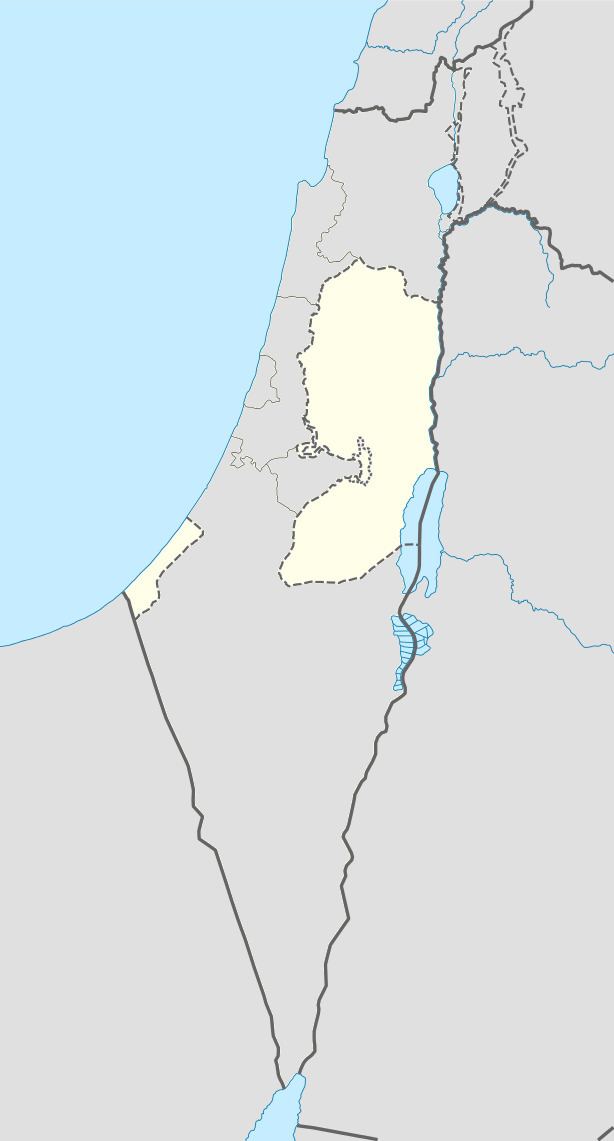Founded 1st century BCE | ||
 | ||
Weather 18°C, Wind N at 23 km/h, 72% Humidity | ||
Maiuma or Maiumas was an ancient town near Gaza, Palestine.
Contents
History of Maiuma
It functioned as the port of Gaza (and was sometimes called simply "the port of Gaza") but was recognized as an independent city since the early Christian era. The Greek name Neapolis ("the new city") seems to have also been used in reference to it. During the reign of Constantine the Great, who granted Maiuma the status of a separate city, it received the name Konstanteia after the emperor's sister (or son); but during the times of Julian the Apostate, Maiuma was referred to as "the part of Gaza towards the sea".
Christianity in Maiuma
Maiuma seems to have been an early center of the spread of Christianity, which may explain the treatment of its status by Constantine and Julian. Its population was said to have been largely Egyptian in origin. As the city regained its independence from Gaza, for a certain period of time it had its own bishop, due to Gaza's relatively long resistance to introduction of Christianity. The first known bishop of the city was a certain Zenon in the late 4th or early 5th century, mentioned by Sozomenus. Among others known are Paulianus (or Paulinianus), participant in the First Council of Ephesus in 431; Paul, who took part in the Second Council of Ephesus in 449; Peter the Iberian who was reluctant to serve in the office but was elected by the citizens in 452 nevertheless; John Rufus, his successor; and Procopius, chronologically the last known bishop of Maiuma, known to have participated in the Synod of Jerusalem of 581. Mention must also be made of St. Cosmas of Maiuma.
The city was famous for the fact that the tomb of St. Victor was located in it.
Bishops of Gaza
Maiuma is identified as the seat of the Roman era Diocese of Gaza. An incomplete list of bishops includes:
Remains of Maiuma
Maiuma is identified with al-Mina, about 4 kilometers from Gaza towards the sea. Remarkable archaeological findings from the site include the mosaic floor of a synagogue representing King David with a lyre, dated to the early 6th century AD and discovered in the mid-1960s. The city appears to have been fortified, but the enclosure wall still seems hard to trace.
